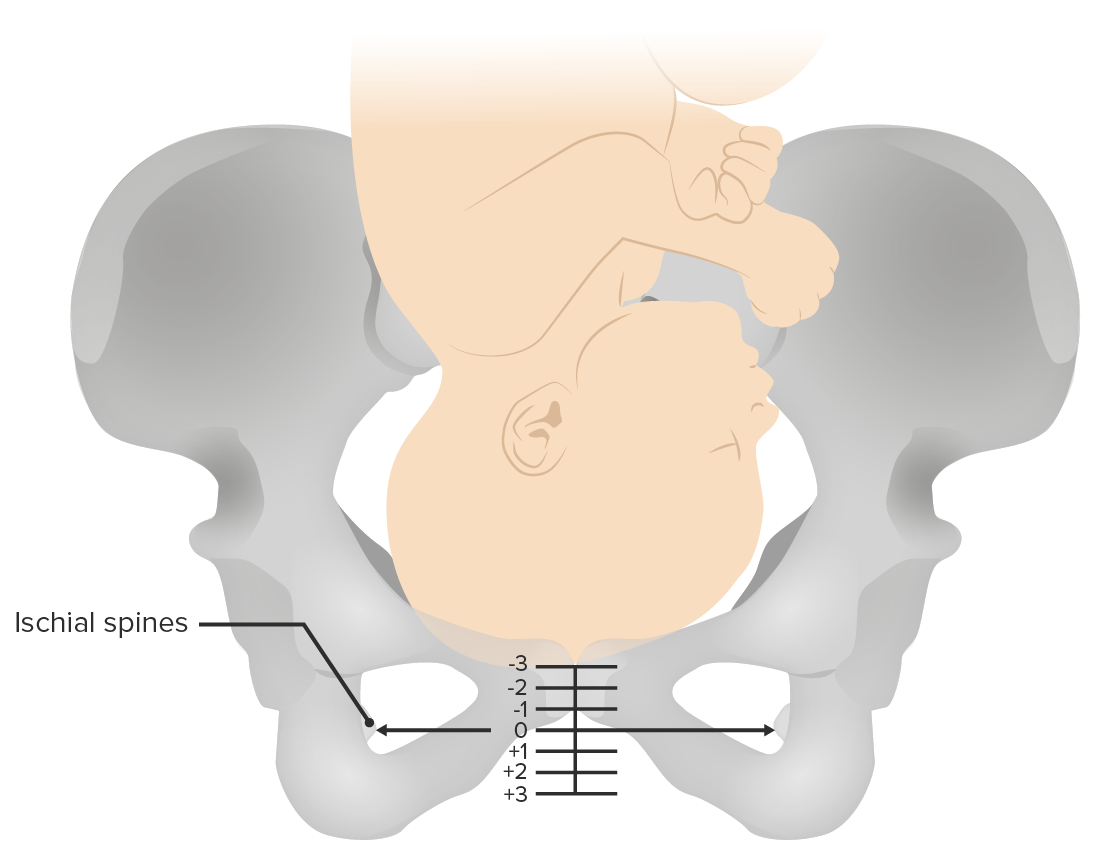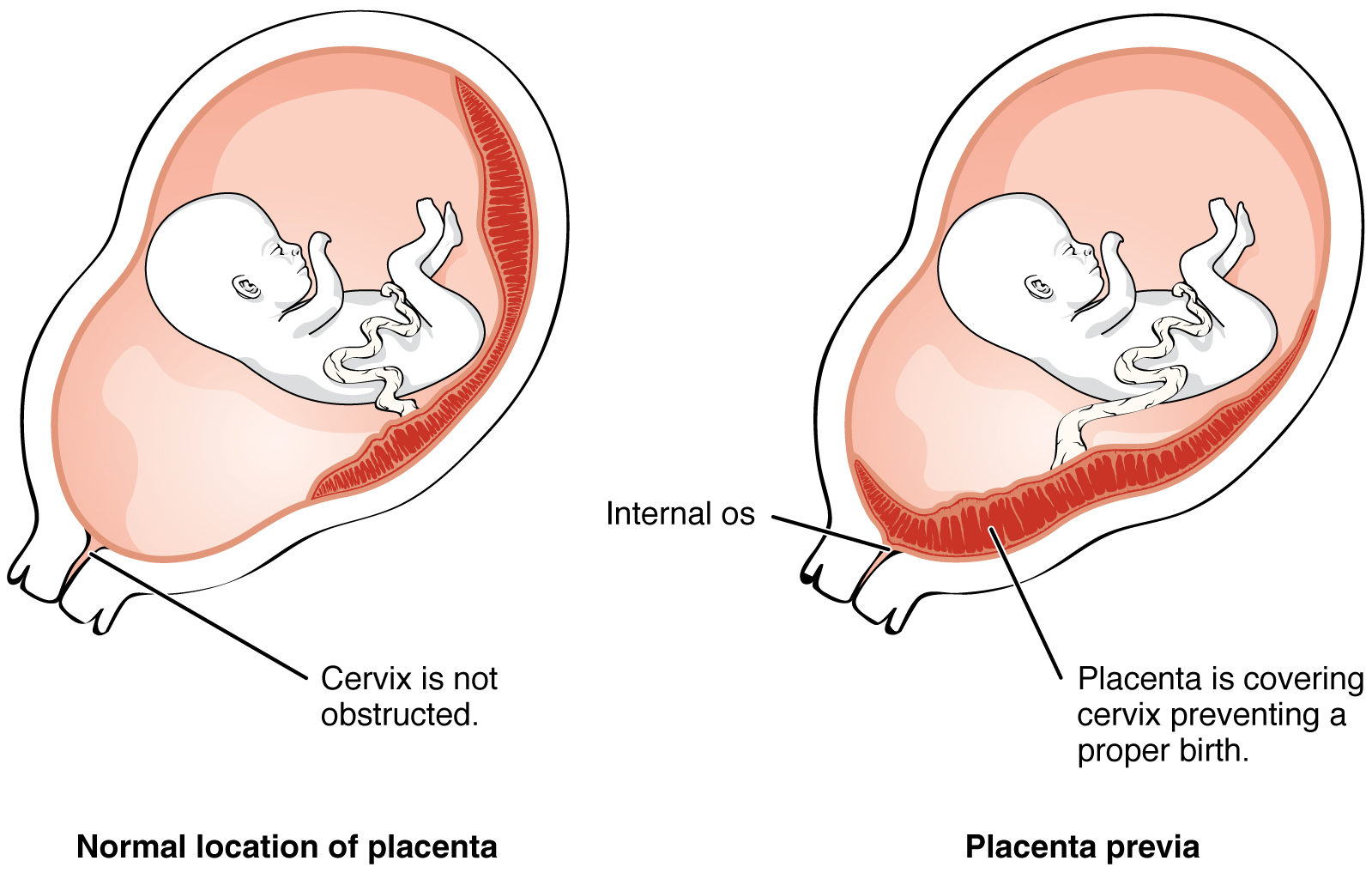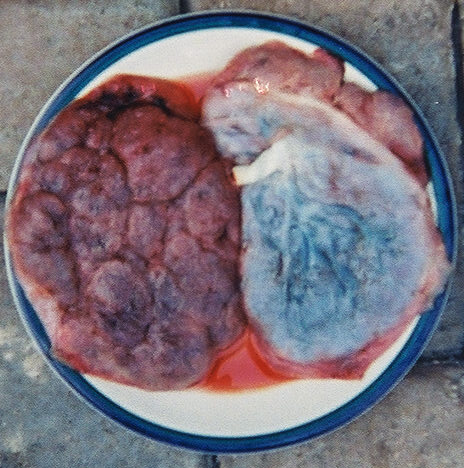Playlist
Show Playlist
Hide Playlist
Labor Stage 3: Placenta Delivery
-
Slides LaborStage3 PlacentaDelivery.pdf
-
Download Lecture Overview
00:01 Now let's discuss the third stage of labor. 00:05 So let's review our stages of labor. 00:07 Stage 1 is the onset of labor until 10 centimeters dilated. 00:11 Stage 2 is 10 centimeters dilated until delivery of the infant. 00:15 And then stage 3, starts with the delivery of the infant and ends with the delivery of the placenta. 00:22 Now here's a clinical pearl. 00:23 There are three signs to let you know the placenta is ready to deliver. 00:27 First is lengthening of the umbilical cord. 00:30 As you start to apply your gentle traction as the placenta separates, the cord will lengthen. 00:36 Next, there's a gush of blood again from the placenta separating from the uterus. 00:41 And then the uterus becomes more globular as the placenta separates and it's no longer at the fundus, the uterus becomes more globular. 00:50 So what's the process for delivery of the placenta. 00:53 We apply gentle downward traction with counter traction on the uterus. 00:57 That counter traction is very important. 00:59 Failure to do so can result in uterine inversion. 01:02 where the uterus turns inside outside and that's a surgical emergency. 01:07 Sometimes there can be delays in the delivery of the placenta. 01:09 And that most common way is related to an abnormal placentation. 01:13 So that's going to be our placenta acreta, increta or percreta.
About the Lecture
The lecture Labor Stage 3: Placenta Delivery by Veronica Gillispie, MD, MAS, FACOG is from the course Intrapartum Care.
Included Quiz Questions
What is the most likely cause of a gush of blood during the third stage of labor?
- Physiologic separation of the placenta from the uterus
- An umbilical cord tear
- Uterine rupture
- Placenta accreta
- A succenturiate placental lobe
Which of the following best describes the appropriate method for delivery of the placenta?
- Application of gentle downward traction on the umbilical cord and counter-traction on the suprapubic uterus.
- Application of gentle upward traction on the umbilical cord and counter-traction on the fundus of the uterus.
- Application of gentle downward traction on the umbilical cord with massage of the fundus of the uterus.
- Application of rotational traction on the umbilical cord.
- Application of gentle upward traction the umbilical cord while avoiding pushing on the uterus.
Customer reviews
5,0 of 5 stars
| 5 Stars |
|
5 |
| 4 Stars |
|
0 |
| 3 Stars |
|
0 |
| 2 Stars |
|
0 |
| 1 Star |
|
0 |






